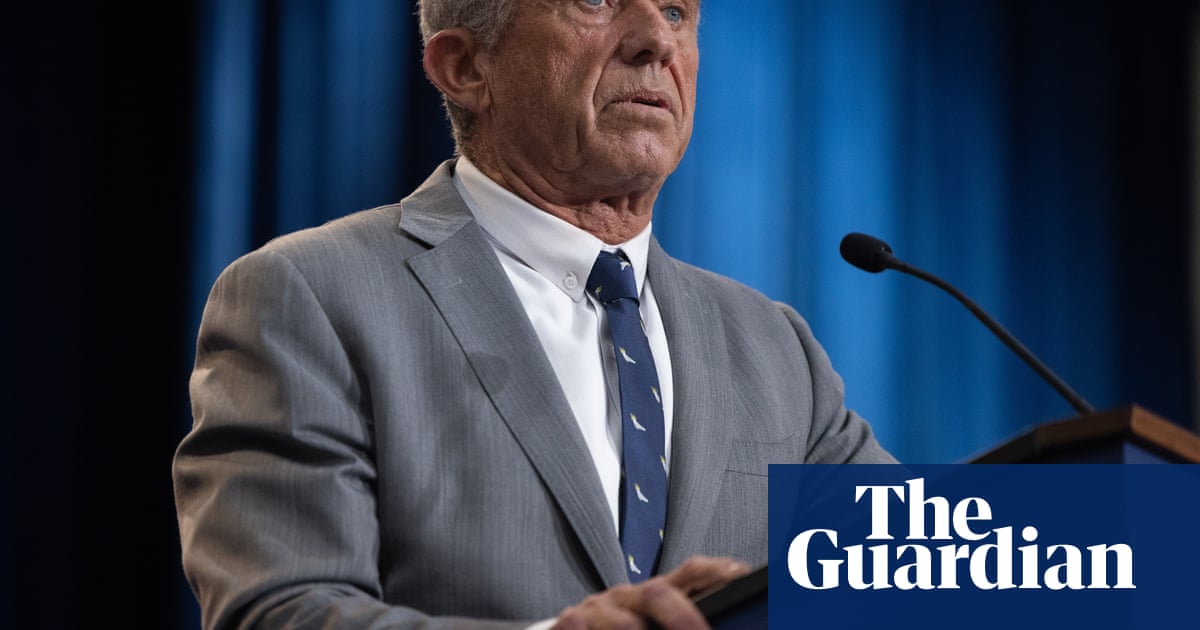For years, researchers and activists believed explaining the science of climate change had the power to rouse policymakers and the public to stop it.
It hasn’t worked out that way.
Even as an overheating climate ravages the planet, the idea of a world beset by floods, droughts and rising seas still feels like a distant threat for many - affecting other people in other places way off in the future. When alarm does break through, it’s easy to feel paralyzed by the problem.
Trisha Shrum felt that way after leaving a climate change conference in 2014. Then a PhD candidate studying behavioral and environmental economics, she was shaken by what she’d heard from researchers and politicians.
As she made her way home, she started drafting a letter to her daughter, addressed for the year 2050. She was frustrated to find herself making excuses. “It’s kind of lame when you’re telling your child: ‘I’m sorry I didn’t try to create this better world for you and protect your future,’” she said in a recent interview.
So she started over. First, she poured out her grief for the world her daughter was about to inherit, and then she focused on what was within her power to change. Something clicked for her.
“I don’t need to be able to solve all of climate change,” she remembers thinking. “Even if we’re not successful, even if bad things happen in the future, I can tell my child and the people I know and love that I did everything I could for them. That was really empowering, especially as a parent of a young child.”
By the time she arrived home, she had resolved to change her dissertation at Harvard’s Kennedy School to test if this approach could work for everyone.
A decade later, DearTomorrow, a nonprofit Shrum and Jill Kubit co-founded, has prompted more than 5,000 people to produce letters, poems, illustrations and other personal reflections addressed to the future.
Can writing letters like these really change people’s behavior? Some studies suggest it may be one of the most powerful ways to inspire support for climate action - and among the few to work across the political divide.
This past week, I wrote a letter to my own children, the youngest of whom will be my age by 2070. It forced me to confront what no study or trend line had before: My children will never know the world I grew up in. From the shores to the mountains, many of the places near our home in San Francisco will be transformed. Globally, an estimated 30 percent of the population will endure “near-unliveable” temperatures that rival the hottest parts of the Sahara.
Yet writing the letter was not demotivating. It was clarifying. When the time came, I wanted to be able to answer their question: What did you do?
The story of every fight worth having, I wrote to them, is that you don’t give up when you feel like you’re losing. I posted the letter on DearTomorrow, as well as on the wall near my desk, so I can see it when I start work in the morning.
Here’s what I learned about writing to the future and what that might mean for you.
- - -
What convinces people to act on climate
After writing the letter to her daughter, Shrum suspected others could be similarly inspired - maybe even enough to help social scientists crack the code on what inspires people to take climate action.
To test her theories, Shrum asked nearly 2,000 people from all 50 states to write either an essay or letter to a family member in the future about the risks of climate change. A third control group wrote about their daily routines. Participants could then donate any amount from a potential $20 bonus to a tree-planting charity focused on global warming.
The results, published in the peer-reviewed journal Climatic Change in 2021, and supported in follow-up experiments, showed that while writing about climate risk didn’t change anyone’s perception of climate risk, it did change their willingness to act on it. Donations among letter and essay writers increased 11 percent relative to the control group, a relatively large effect in social sciences.
The biggest impact was observed among close kin. Grandparents who wrote to their grandchildren in the future donated 44 percent more than those writing to an unspecified family member. Crucially, political leanings appeared to have no effect: Climate “doubters,” who might have otherwise been lukewarm about this risk, also donated at much higher rates.
Why might this be? Writing letters to those we love in the future, Shrum concluded, makes climate change feel more urgent and threatening while boosting our desire to leave a positive legacy for them. The letters, in her study, didn’t change beliefs. They amplified the power of those beliefs over our actions.
Subsequent research has validated some of these findings. A 2024 “megastudy” published in the peer-reviewed journal Science Advances tested how 11 different interventions affected the climate beliefs and policy support of more than 59,000 people across 63 countries. Writing a letter to the future was one of the few interventions that boosted both climate belief and policy support across the ideological spectrum. Researchers are still investigating how letter-writing may change people’s behavior in their daily lives and how effective it is over time.
“Most of us actually share a lot of values,” said Madalina Vlasceanu, lead author of the study and an assistant professor at Stanford University’s Doerr School of Sustainability. “Most of us care about family. Most of us care about the purity of the environment. Most of us care about being remembered in this positive way.”
- - -
The most effective letters
Many letters DearTomorrow receives dwell on despair without envisioning a future that isn’t a fiery apocalypse. Shrum said those tend not to work.
The most successful letters trace a different arc. After expressing fear and grief about the future, the authors imagine a different world and commit to ways they can make that possible. Most of those letters are addressed to loved ones, typically a child under 5 years old, in the not-too-distant future. In research being prepared for publication, she said, letters that include those elements appear far more likely to motivate action.
“People who go through that hero’s journey deal with the grief and fear,” she said, “and come out understanding the future is not yet written.”
DearTomorrow invites anyone to write in, or submit a photo or video. If you choose, your entry can be published as part of the archive for others to read. Here’s mine.
If you join in, consider sending me a link or excerpts to share in the Climate Coach newsletter. As always, [email protected].
GRAPHIC
https://washingtonpost.com/documents/ba5723e3-4f9c-43ef-bc21-63fcebcc49aa.pdf
Related Content
You can read with a cat on your lap at this bookstore, then adopt the cat

 German (DE)
German (DE)  English (US)
English (US)  Spanish (ES)
Spanish (ES)  French (FR)
French (FR)  Hindi (IN)
Hindi (IN)  Italian (IT)
Italian (IT)  Russian (RU)
Russian (RU)  4 weeks ago
4 weeks ago























Comments